Hyacinths are beloved in the gardening world for their beautiful fragrant flowers. These perennial spring bulbs can return to the garden year after year with the right care. Hyacinth bulb care after flowering is especially important, to ensure vibrant blooms for the next flowering season.

Once hyacinth flowers have faded, proper care of the bulbs is important to ensure their ongoing health and blooming in the subsequent years. This post-flowering bulb care involves deadheading, and allowing the hyacinth leaves to die back naturally. The plant foliage should be left intact, to naturally fade as it turns yellow and withers, allowing the bulb to store energy for the next growth cycle next spring.
Options For Hyacinth Bulb Care Post Blooming
As the hyacinth bulb enters dormancy there are several options for care.
- In colder zones with cold winters, hyacinth bulbs can be left as is, safe and sound in their planting location. These bulbs will remain dormant throughout the rest of the season, undergo a cold chill through the winter, then rebloom again in spring.
- Another option however, and especially if you live in a warmer climate, is to dig and clean the dormant bulbs for storage, until fall planting the bulbs once again. This storage will include the provision of cold treatment, which is important for hyacinth blooming.
- A third consideration, is if you have forced your hyacinth bulbs indoors, either in pots or in vases of water. After these indoor hyacinth bulbs have finished blooming, the bulbs can be saved and stored for future blooming. Hyacinths are perennials, and with the right care the bulbs can last and flower for at least one more season, if not more.
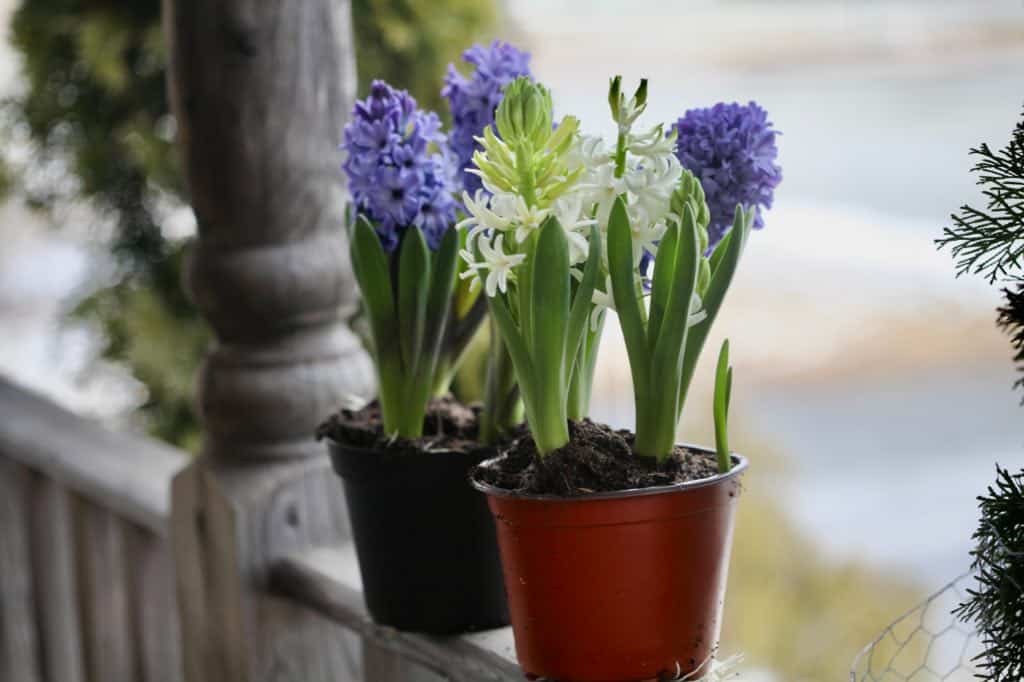
Read along for a more in-depth description of hyacinth bulb care post-flowering, including care, storage, and common pitfalls.
Understanding Hyacinth Bulb Dormancy
Hyacinth bulb dormancy is a crucial phase of the plant's natural lifecycle.
The period of dormancy occurs after the hyacinth bulbs have bloomed. This dormant phase is a rest period, during which the bulb gathers energy for the next growing season.
During this time the bulb is not actively growing, but rather is recovering from the energy expended during growth and flowering. Dormancy allows the bulb to conserve and accumulate energy.
Energy that was produced through photosynthesis during active growth is stored in the bulb. This energy allows the bulb to survive the dormant period, and also provides resources for next year's growth.
A sign that the bulb is becoming dormant is the yellowing of the healthy foliage. This change in growth is an indication that the bulb is redirecting it's energy away from the foliage, and back into the bulb.

Proper care at this stage is important for future blooming.
During dormancy, the bulbs are not completely inactive. In fact, this is an important period in the life of a bulb.
During this period, the bulb is preparing for the subsequent growing season, by strengthening the embryonic flower bud within.
Dormancy is also a survival mechanism for bulbs, preventing active growth when the weather conditions would be detrimental for the plant, such as during dry summer periods, or in cold icy winters.
Understanding and respecting this rest period for the bulb is key to the health and vitality of the bulb, and resulting in a vibrant display of beautiful flowers the following spring.
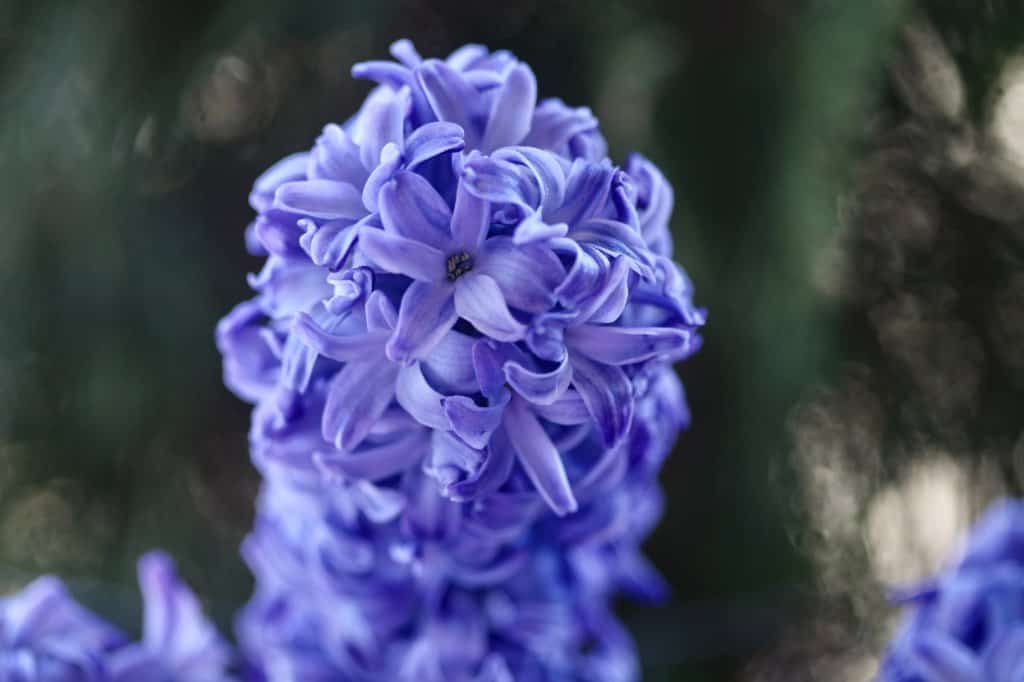
Post-Flowering Care
The care given to hyacinth flowers after blooming directly impacts the bulb's flowering potential in the future. Post flowering care includes:
1. Trimming Spent Flower Stalks
- Trim back hyacinth flower stalks after blooming, to remove any seed pods, and to conserve energy for the bulb. Cut the spent flowering stem close to the base of the plant.
- Trimming the stalks also tidies up the plant.
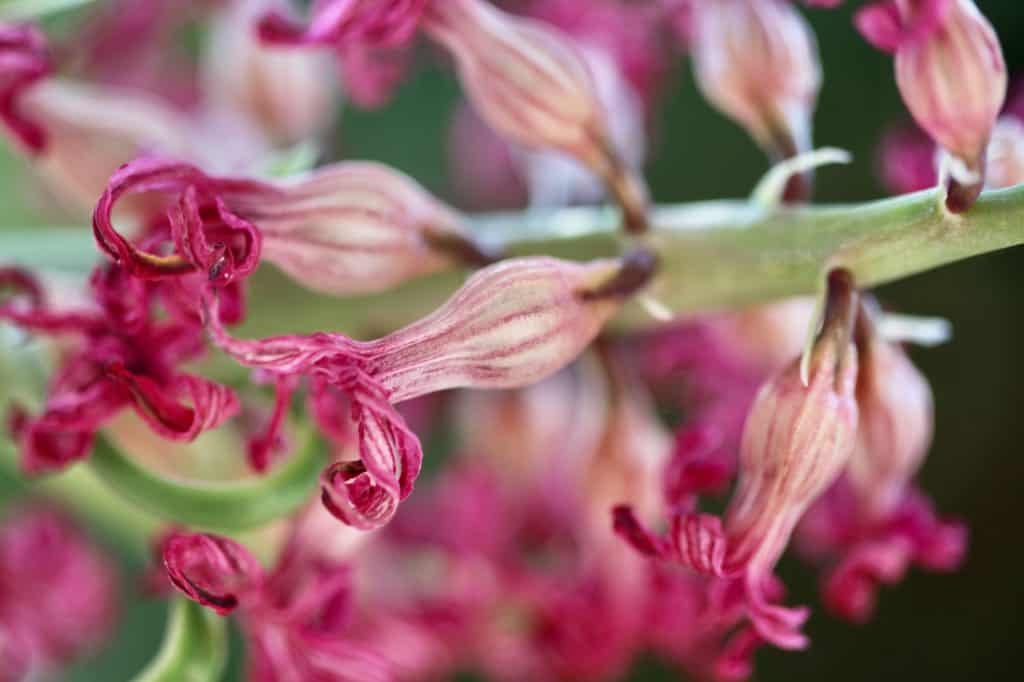
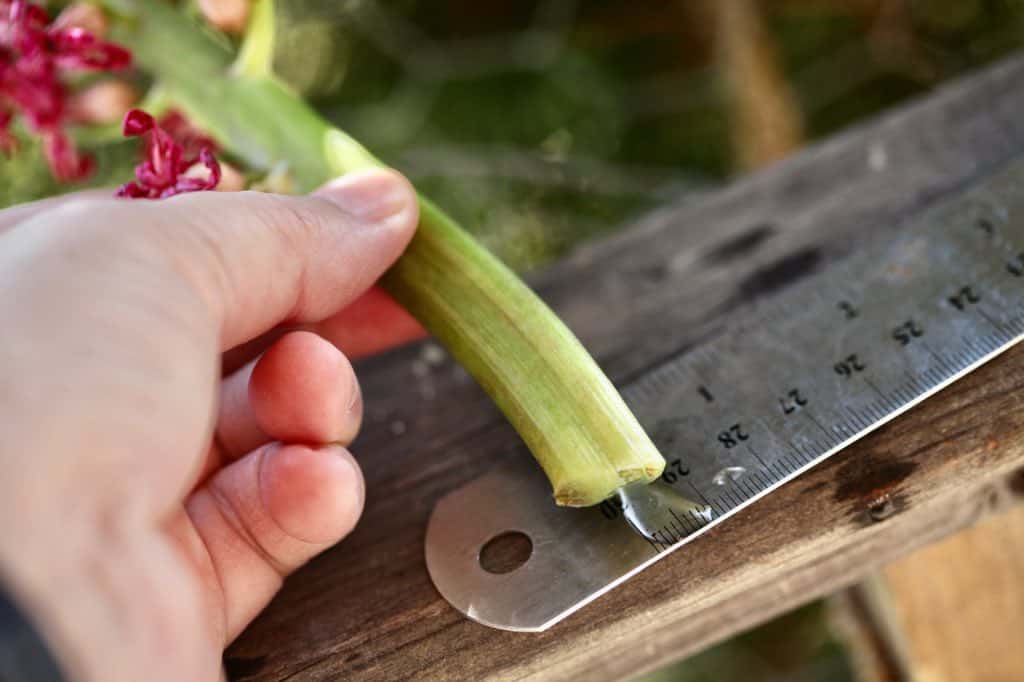
2. Foliage Care
- Allow the hyacinth foliage to naturally die back. Prior to this, the leaves are crucial for photosynthesis and energy production for the bulb, so make sure not to remove them prematurely.
3. Moisture Requirements
- It's important that hyacinth bulbs be watered during active growth. During this stage the soil can be moist, but not waterlogged.
- Once the bulbs become dormant however, cut back on the watering. Hyacinth bulbs favour a dry resting period. Once fully dormant, the bulbs can be dug, if you are planning to dig them and store them away.
4. Light Requirements
- Hyacinths should continue to receive sunlight in a full sun location, until the foliage has faded, for energy production for the bulb.
- For best results for future flowering, grow in an area of direct sunlight.
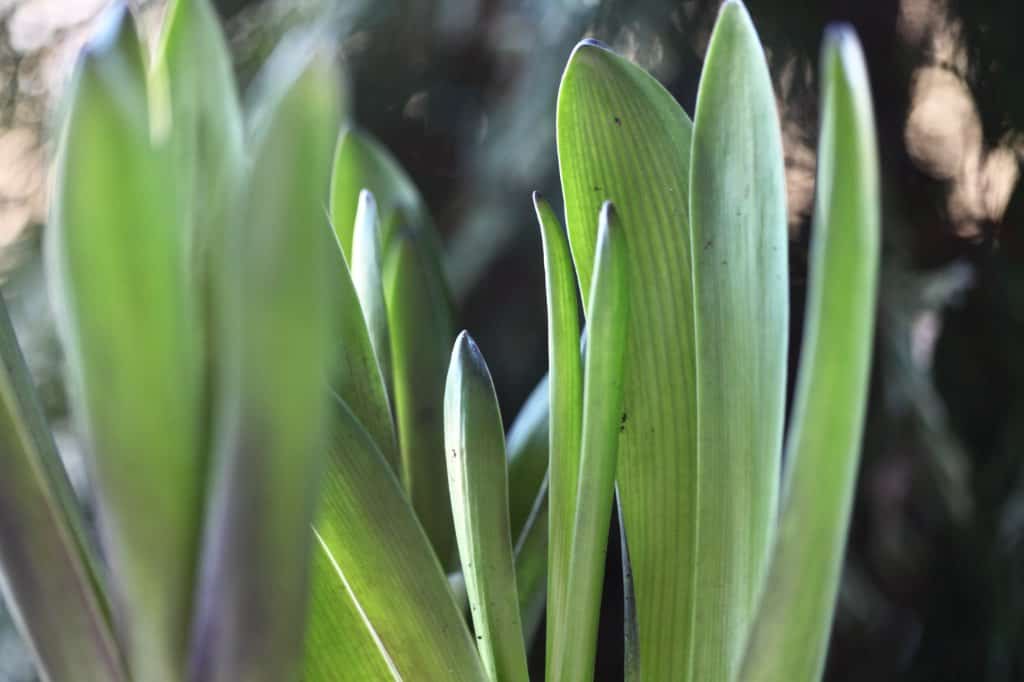
5. Avoidance Of Fertilizer Post-Blooming
- Hyacinths benefit from fertilization using a balanced fertilizer, or a bulb specific fertilizer. The best time to fertilize is in the fall during planting, or when the bulbs start to grow in early spring.
- Avoid fertilizing hyacinths while the plants are flowering, or after they have finished blooming. Otherwise, feedings can lead to stimulation of new growth at these times, which is not ideal for the bulbs.
6. Lifting Bulbs (Optional)
- Dormant hyacinth bulbs can be lifted and stored in warmer climates, or if grown in pots. In colder climates it is fine to leave the bulbs in their dormant state in the garden.
- If lifting the bulbs, use caution when touching the hyacinth bulbs directly, because direct contact can cause skin irritation. Lift from the garden, allow to dry for several days, and dust off any dirt before storing.
7. Replanting (Optional)
- Bulbs that were lifted and stored during the summer months can be replanted in the late fall. Plant hyacinth bulbs 6 inches deep, and 4 to 6 inches apart for good air circulation for when the bulbs are in full bloom.
- Make sure to plant bulbs pointed end up and root end down. Plant into loose, fertile, well-drained soil, which is full of organic matter.
- Bulbs that where forced indoors in pots or in water can be planted into the ground after forcing.
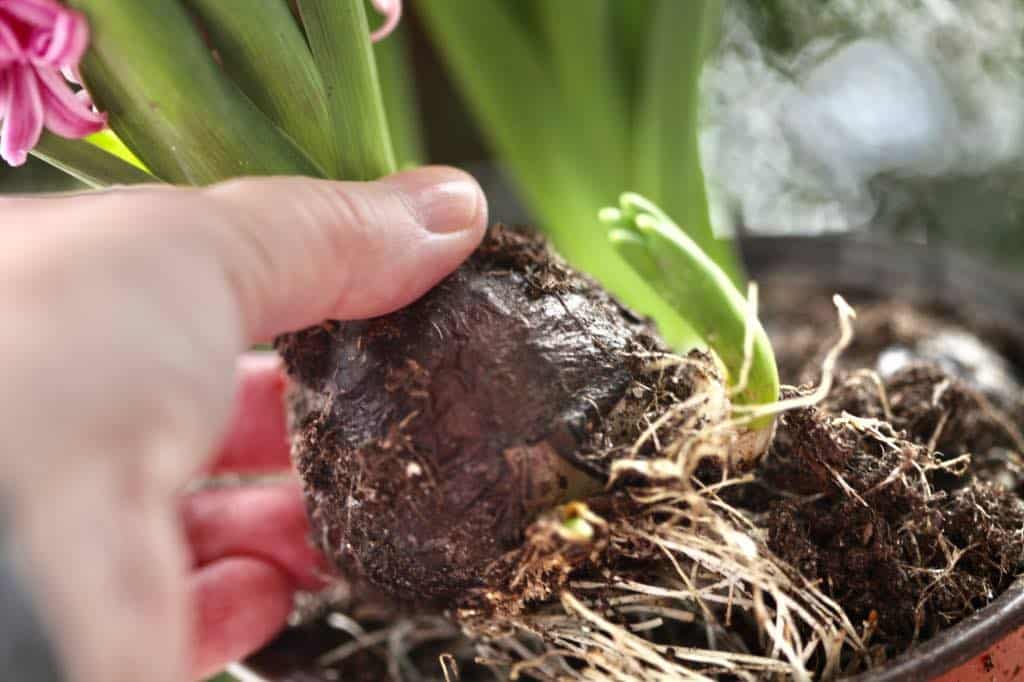
- If you live in a colder climate, treat these indoor hyacinths as you would your other hyacinths. Allow the foliage to die back naturally, and then leave the dormant bulb in the garden.
- Another option for hyacinth bulbs forced in water is to pot them up after blooming, and allow them to go dormant in the pot, before planting them out into the garden.
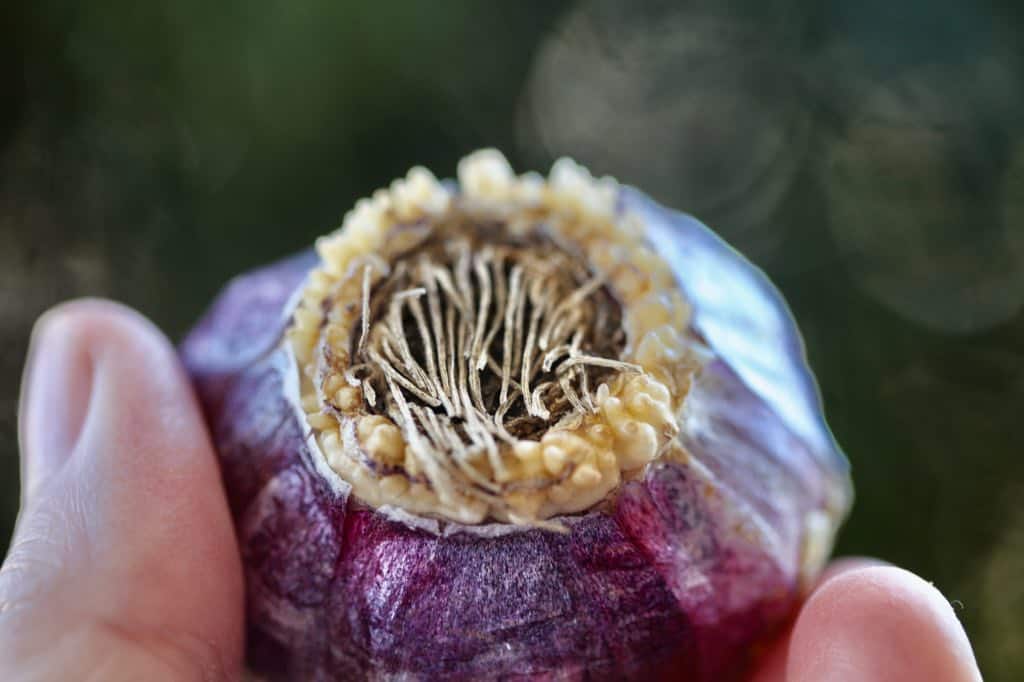
Table: Post-Flowering Care Summary
| Plant Care | Action |
| Trimming | Cut spent flower stalks at the base. |
| Foliage Care | Allow foliage to die back naturally. |
| Watering | Reduce watering in the dormant stage. |
| Sunlight | Provide plenty of sunlight until bulbs become dormant. |
| Fertilizing | Apply balanced fertilizer during planting and early growth; avoid post-blooming. |
| Lifting | Optional, store in a cool dry place until replanted. |
| Replanting | Replant in fall, 6 inches deep. |

Storing Hyacinth Bulbs
- Proper storage conditions are an important part of hyacinth bulb care post flowering, for longevity and health of the bulbs. It's important that the bulbs remain dormant until the next growing cycle, and proper storage conditions will promote this.
Temperature Control
- Hyacinth bulbs thrive in storage conditions where the temperatures are between 35°F and 45°F or (1.7°C to 7.2°C). They should be stored in a location that maintains these consistent cool temperatures, helping to prevent premature new growth.
Moisture Management
- A low humidity is important to help prevent mold growth and bulb rot. A dehumidifier in the storage area can help to keep moisture levels low.
Light Exposure
- A dark place is best for bulb storage, to help prevent new growth.
- Keep the bulbs in a paper bag, cardboard box, or wrapped in a breathable material which will block out the light. You can store in a mesh bag as well, as long as the bag is kept in a dark location.
Storage in a cool garage, or even in the fridge, will help to provide for these storage needs for hyacinth bulbs.

Common Pitfalls In Post-Bloom Care
Overwatering
- Excessive watering can be detrimental to dormant hyacinth bulbs, and can lead to bulb rot. Water only when the top inch of soil is dry.
- Well-drained soil is also important to preventing bulb rot from excessive moisture.
Pests and Diseases
- Hyacinth bulbs are susceptible to pests such as nematodes, and diseases such as bulb rot and fungal infections.
- Remove affected plant material or bulbs accordingly.
Environmental Stress
- Extreme temperatures and insufficient light can cause stress for hyacinth bulbs.
- Make sure to protect the bulbs from extreme temperature ranges during the dormant period.
- Also be sure to provide adequate light exposure during the active growth stage, for energy production.

Frequently Asked Questions
What Steps Should I Take To Care For My Hyacinth Bulbs Post-Flowering?
After the hyacinth flowers have finished blooming, trim back the flower stalks and leave the foliage intact. This allows the leaves to photosynthesize and nourish the bulb. Allow the leaves to die back naturally, and then allow the bulbs to go dormant.
Can Hyacinth Bulbs Remain In Their Pots Post Bloom?
Hyacinth bulbs can stay in their pots post bloom. It's important to move the pot to a sunny location and water regularly until the foliage turns yellow.
At that point decrease watering to allow the bulbs to become dormant. Store the pot in a cool dry area, until the next growing season. The bulbs can also be lifted, and stored away, or can be planted into the garden.
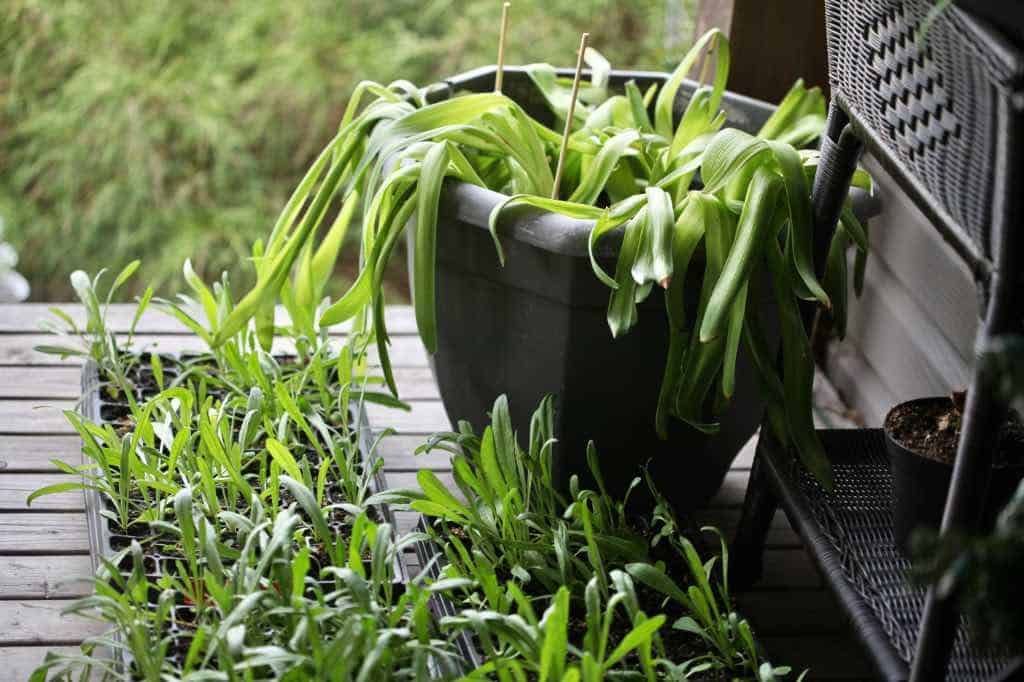
What Are Considerations For Keeping Hyacinth Bulbs In The Ground Year-Round?
In areas with suitable climates, including USDA plant hardiness zones 4 to 8, hyacinth bulbs can remain in the ground all year round. The site should have good drainage to prevent bulb rot, and the bulbs can be left undisturbed while they naturally retreat into dormancy.
Can I Save Hyacinth Bulbs Grown In Water After The Blooms Have Faded?
Hyacinth bulbs which have been forced to grow in water generally use significant energy for blooming. These bulbs are often discarded after the forcing process.
However, you can also plant the bulbs outdoors into soil, to potentially bloom again in future seasons.

Conclusion
The care for these spring-blooming bulbs post flowering is just as important as any other care during the lifecycle of these beautiful blooms. Hyacinth bulb care after flowering can make a difference in the health of the bulbs, as well as in future flowering.
By providing the right care, you are not only maintaining your garden's beauty, you are investing in future flowering for many seasons to come.
Whether you are tending to the bulbs in the ground, or carefully lifting and storing them for replanting, each step contributes to the health and longevity of your hyacinths.
With post blooming care, you are setting the stage for a spectacular show of hyacinth blooms when spring rolls around again.
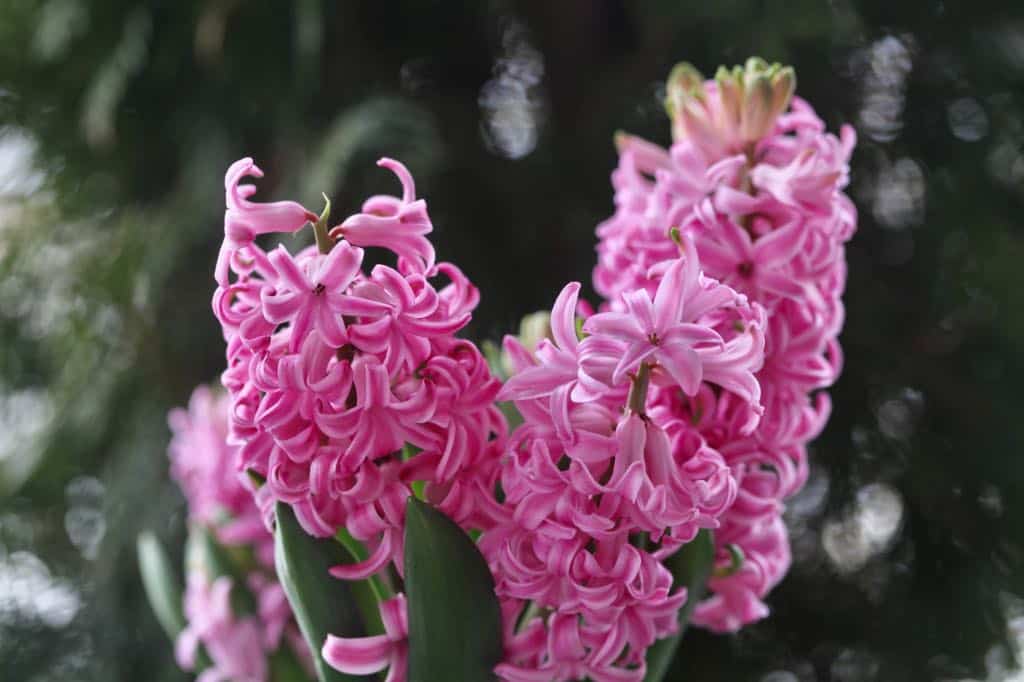
Have you provided hyacinth bulb care after the flowering period of your hyacinth plants? Be sure to leave a comment below to share your experience!
Other Posts You May Like:
PIN IT FOR LATER!

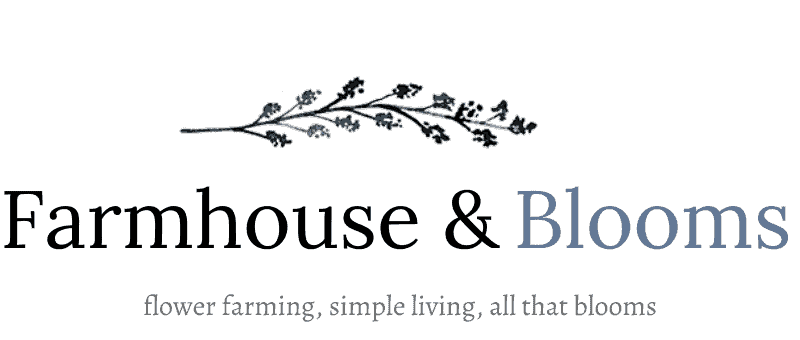

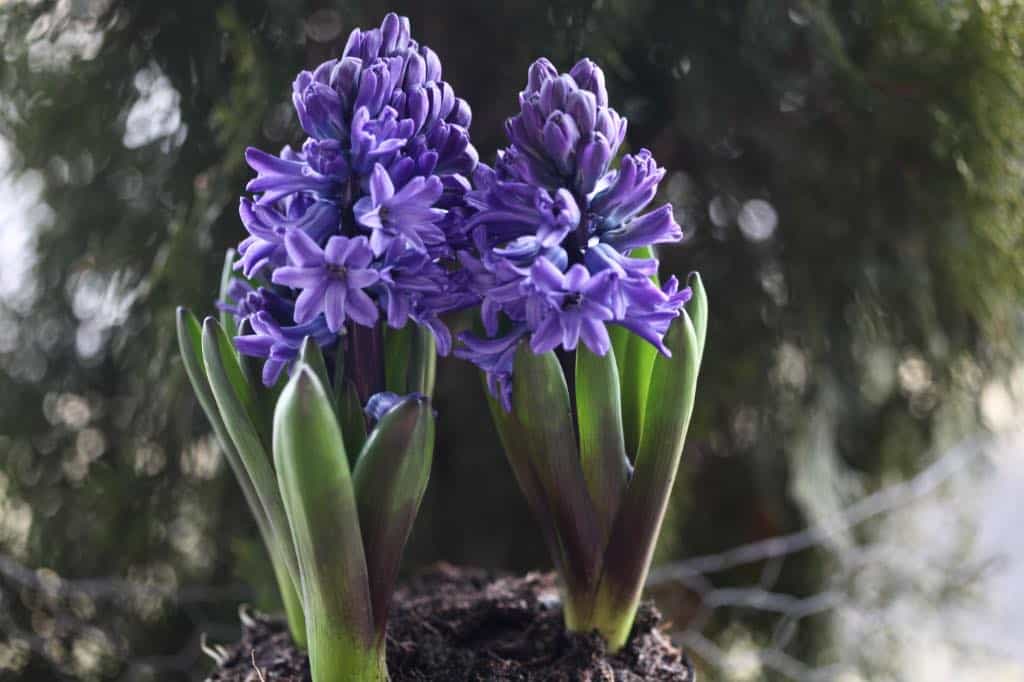
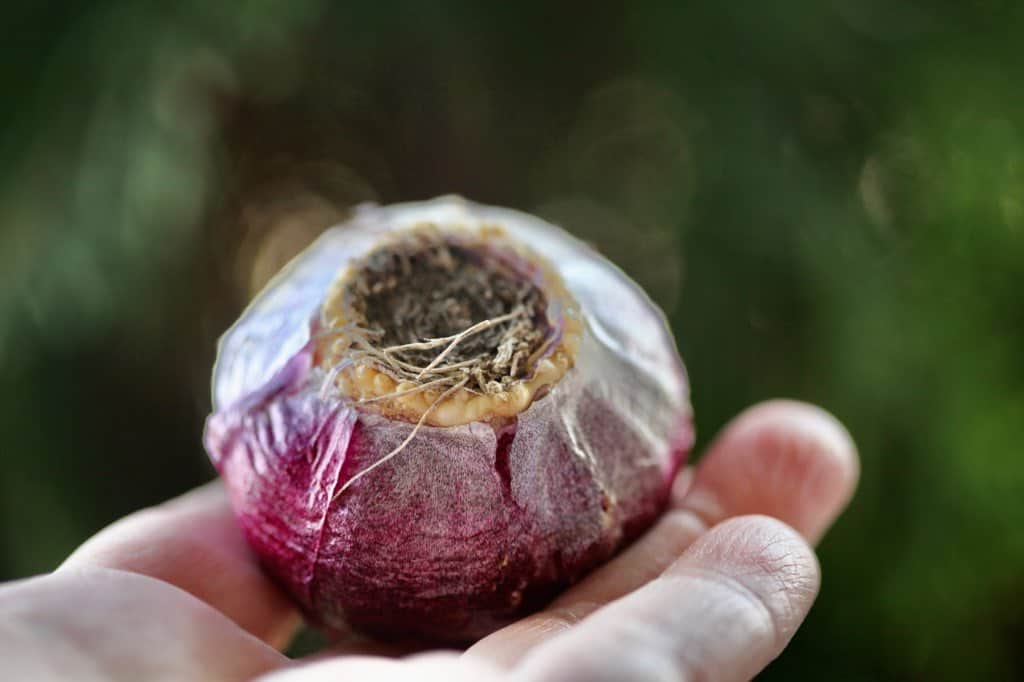
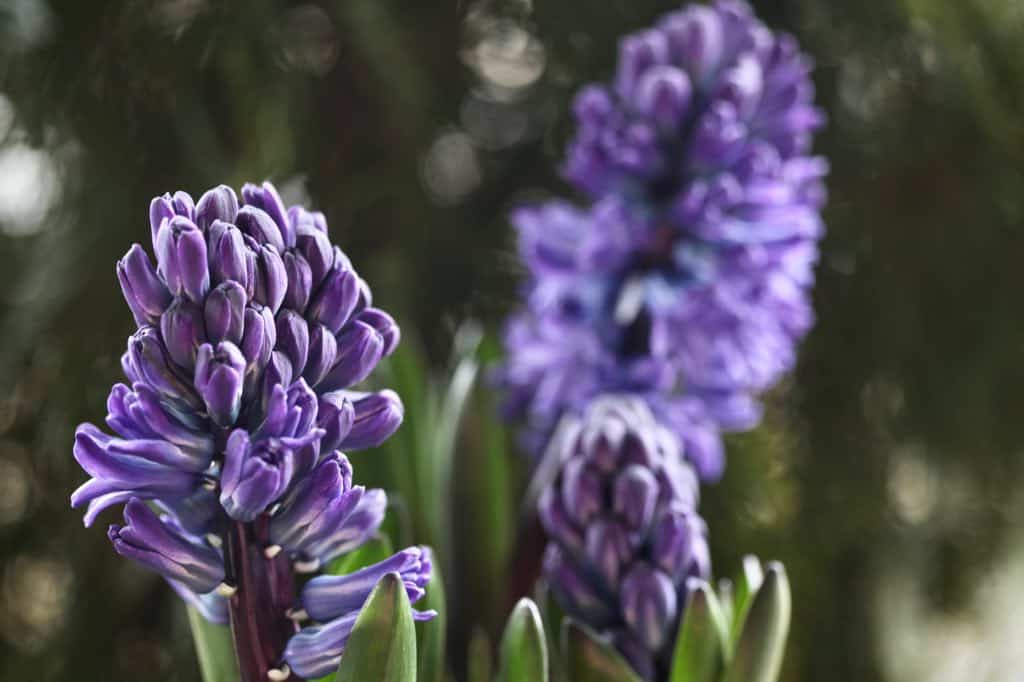

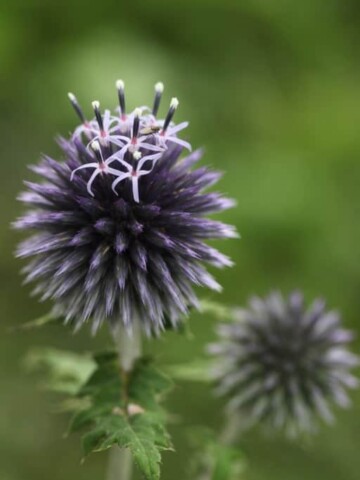
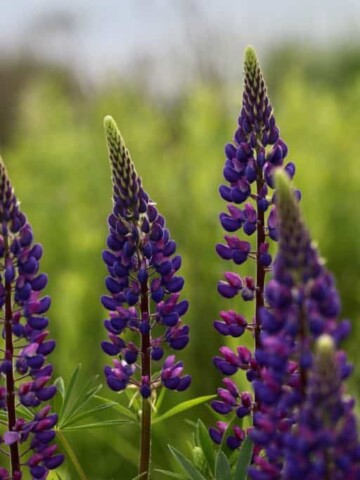

Leave a Reply